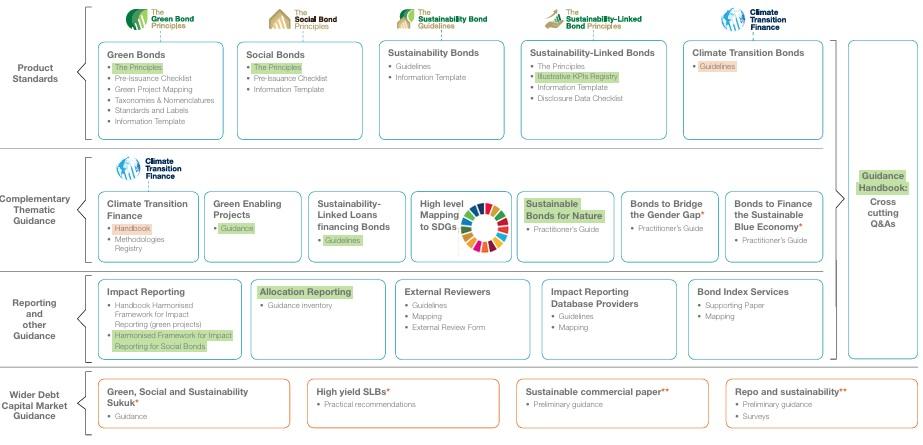The International Capital Market Association (ICMA) announced today the publication of its new guidance for Climate Transition Bonds, introducing transition bonds as a new category of labelled use-of-proceeds instruments – alongside Green, Social, Sustainability, and Sustainability-linked bonds – to enable financing of climate transition strategies and projects, particularly for high-emitting sectors.
The new guidelines follows the release of a report last year by the ICMA that found that while sustainable bonds are being used at scale to finance key climate transition components such as renewable energy and clean transport, the market has not been sufficiently contributing to financing the transition of hard-to-abate sectors, such as fossil fuels, with the new Climate Transition Bond (CTB) label now enabling companies in those sectors to raise funds to finance transition-related projects.
In its new publication, the ICMA said:
“It is estimated that USD30 trillion of additional capital, including corporate and infrastructure investments, is needed to decarbonise eight high-emission sectors representing 40% of global GHG emissions by 2050. Several influential investor initiatives have in recent years also highlighted the need to provide financing for the transition of high-emission issuers to achieve credible and impactful real-economy decarbonisation.
“The ambition of the Guidelines is to enable a greater role for the sustainable bond market in financing these priorities.”
The guidelines include recommendations for CTB issuers in the key areas of Use of Proceeds, Process for Project Evaluation and Selection, Management of Proceeds, and Reporting.
The Use of Proceeds guidelines describe climate transition projects as “including assets, investments and activities, early phase-out and decommissioning, and other expenditures such as R&D related to high-emission activities that lead to substantial and quantifiable GHG emissions avoidance, reduction, or removal,” and recommend that issuers meet or explain a series of safeguards to ensure integrity of the projects, including the existence of a climate transition strategy that the projects contribute to analysis supporting the unfeasibility of low-carbon alternatives, alignment with sector and market-based taxonomies, decarbonization pathways and roadmaps, the mitigation of emissions beyond business as usual, as well as the identification and disclosure of carbon lock-in risks in which assets may continue to be used despite the possibility of substituting them in the future with low-carbon alternatives.
The guidance also outlines a non-exhaustive list of climate transition project categories, including Carbon Capture, Utilisation and Storage (CCU/CCS), and carbon removal technologies applied to fossil-based and industrial applications, early retirement and decommissioning of high-emission assets, fossil-fuel switch such as coal to gas, replacing a higher emitting fuel with a lower-carbon alternative, lower-carbon fuels, and methane and flaring abatement in oil & gas infrastructure.
Click here to access the ICMA’s CTB guidelines.

